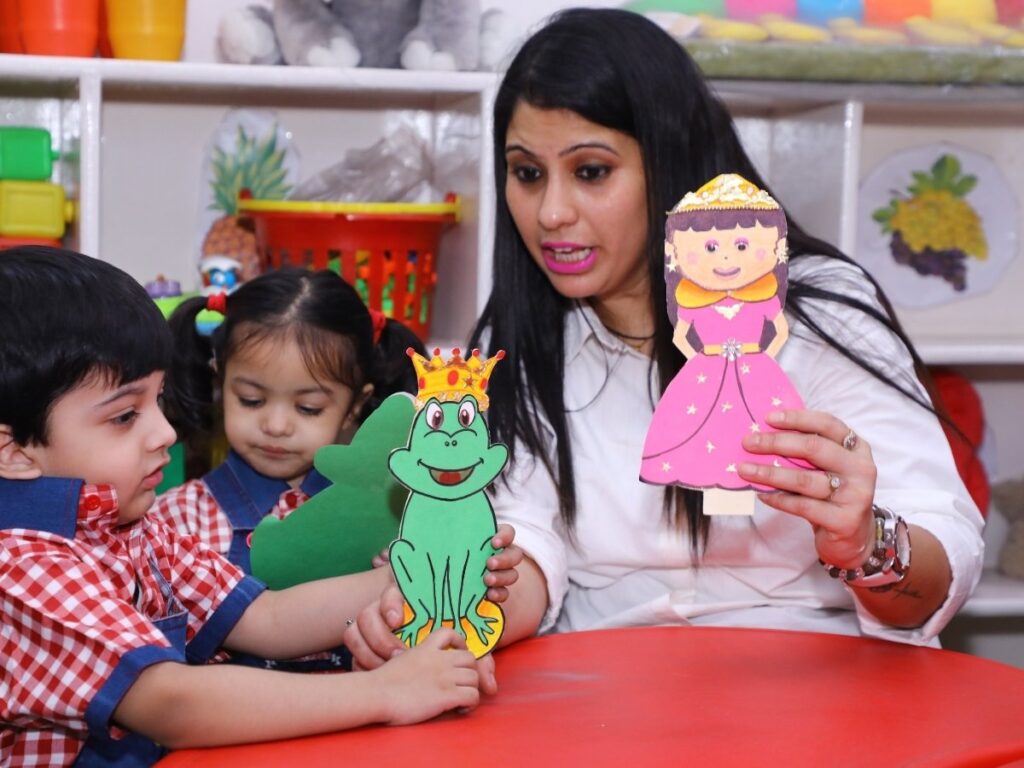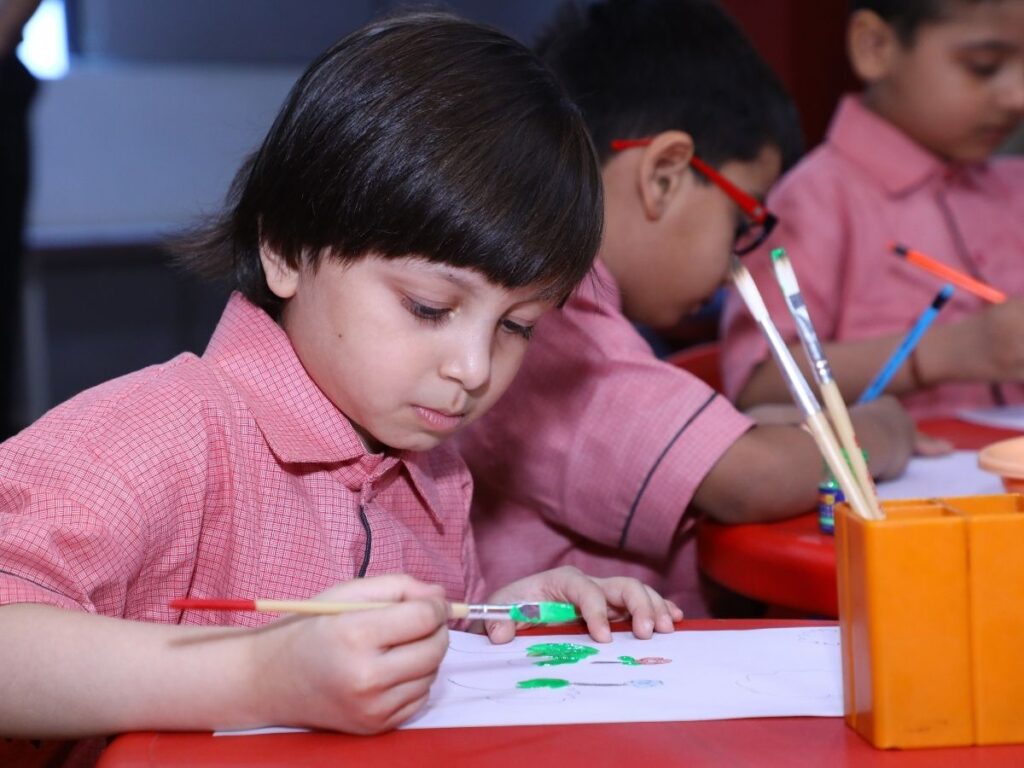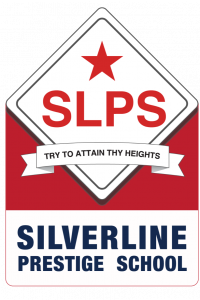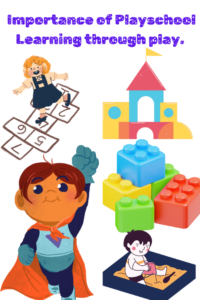
Welcome To The Silverline Prestige School
Top 5 Reasons
Why The Primary Years Are Extremely Important!
A school’s role in developing the right learning skills

A robust foundation is the hallmark of a good building. Without it, any architectural marvel will crumble. The same can be said about a child’s primary years. These primary years are instrumental in a child’s cognitive, emotional, and physical development. While laying this foremost but essential foundation, the school and the parents must be extremely meticulous.
Moreover, the success of an adult is well determined and established during the primary years of education. It is in these developmental years, that a child learns to embrace lifelong learning willingly or shuns it due to a lack of incorrect pedagogy.
Therefore, it is imperative to pick the right school that fosters critical thinking, fun learning, and, more importantly, instills an eagerness to learn.
Silverline Prestige School is one of the top schools in Ghaziabad. It offers one of the best curricula for primary years. To know more about the curriculum visit Silverline Prestige School.
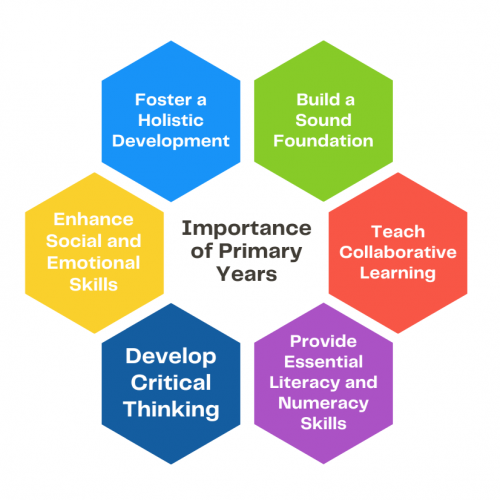
Understanding the Emphasis on Primary Years
1) Literacy and Numeracy Skills : It is a well-proven scientific fact that significant neurological development takes place in the early years of childhood. These are critical periods of growth. Helping to master core literacy and numeracy skills at this age becomes all the more important.
If a child carries considerable gaps in learning to middle school, further learning becomes encumbered. With such glaring facts, we cannot refute the significance of investing in the primary years.
2) Acquiring Social and Emotional Skills : Good primary education encapsulates not only academic learning but also caters to the emotional and social development of a child. Group interactions at school teach children collaborative skills, conflict resolution, and leadership skills.
The child learns to address, respond to and manage all negative and positive emotions. Academic learning can be greatly hampered if social and emotional learning does not support the former.
3) Physical Development : Fine and gross motor skills are considerably improved at school. Varied sporting activities enhance balance and spatial awareness. Learning models involving art and craft, Lego blocks, etc develop sensory and motor deftness.
A good sports program at school has benefits multi-fold. Sports help inculcate team skills and build strong characters that showcase the qualities of being punctual, responsible, and dedicated towards a goal.
4) Independent Learners : As the kids move away from the comforts of their home, they become more self-reliant. The school environment provides them with a plethora of learning resources. Children observe, absorb, process, and analyze these resources to develop critical thinking.
As the children tackle and ace the critical thinking tasks, their self-worth and esteem are also enhanced. This further builds confident learners.
5) Global Citizens of Tomorrow : Learning in these early years also supplements social and cultural development along with academic studies. Ultimately, a student will become a citizen, and it is in these early years, seeds of duty and responsibility towards society and country are planted.
The impact of good primary education goes beyond an individual’s life but has the power to influence the nation as a whole.
Literacy and Numeracy Skills : It is a well-proven scientific fact that significant neurological development takes place in the early years of childhood. These are critical periods of growth. Helping to master core literacy and numeracy skills at this age becomes all the more important.
If a child carries considerable gaps in learning to middle school, further learning becomes encumbered. With such glaring facts, we cannot refute the significance of investing in the primary years.
Acquiring Social and Emotional Skills : Good primary education encapsulates not only academic learning but also caters to the emotional and social development of a child. Group interactions at school teach children collaborative skills, conflict resolution, and leadership skills.
The child learns to address, respond to and manage all negative and positive emotions. Academic learning can be greatly hampered if social and emotional learning does not support the former.
Physical Development : Fine and gross motor skills are considerably improved at school. Varied sporting activities enhance balance and spatial awareness. Learning models involving art and craft, Lego blocks, etc develop sensory and motor deftness.
A good sports program at school has benefits multi-fold. Sports help inculcate team skills and build strong characters that showcase the qualities of being punctual, responsible, and dedicated towards a goal.
Independent Learners : As the kids move away from the comforts of their home, they become more self-reliant. The school environment provides them with a plethora of learning resources. Children observe, absorb, process, and analyze these resources to develop critical thinking.
As the children tackle and ace the critical thinking tasks, their self-worth and esteem are also enhanced. This further builds confident learners.
Global Citizens of Tomorrow : Learning in these early years also supplements social and cultural development along with academic studies. Ultimately, a student will become a citizen, and it is in these early years, seeds of duty and responsibility towards society and country are planted.
The impact of good primary education goes beyond an individual’s life but has the power to influence the nation as a whole.
Role of the school in cultivating the right learning
You may ask, is it too much for a child? Shouldn’t they be able to enjoy school more carefree? Why burden the young minds so early on? That’s where a school steps in. With a structured curriculum, the school teaches lessons that are not burdensome and are seamlessly incorporated into everyday learning.
When a child learns through well-thought-out lesson plans in school along with a group, the learning is well absorbed. Also, the curriculum of a school is not just the academic syllabus. It also represents its core values and mission.
The curriculum is also the ethos of a school that a child inadvertently imbibes. For instance, if school advocated, practised, and taught environmental sustainability right from grade 1, imagine what an army of Greta Thunberg’s we would be raising to preserve our mother Earth.
Green Clean Ghaziabad is one such initiative undertaken by the Silverline School. One of the top schools in Ghaziabad, Silver Line has been leading the way in teaching children environmental responsibilities.
Role of Teaching Methodology
The correct methodology and varied instructional strategies ensure there is less rote learning and more conceptual comprehension of a particular topic. Let us elaborate with an example.
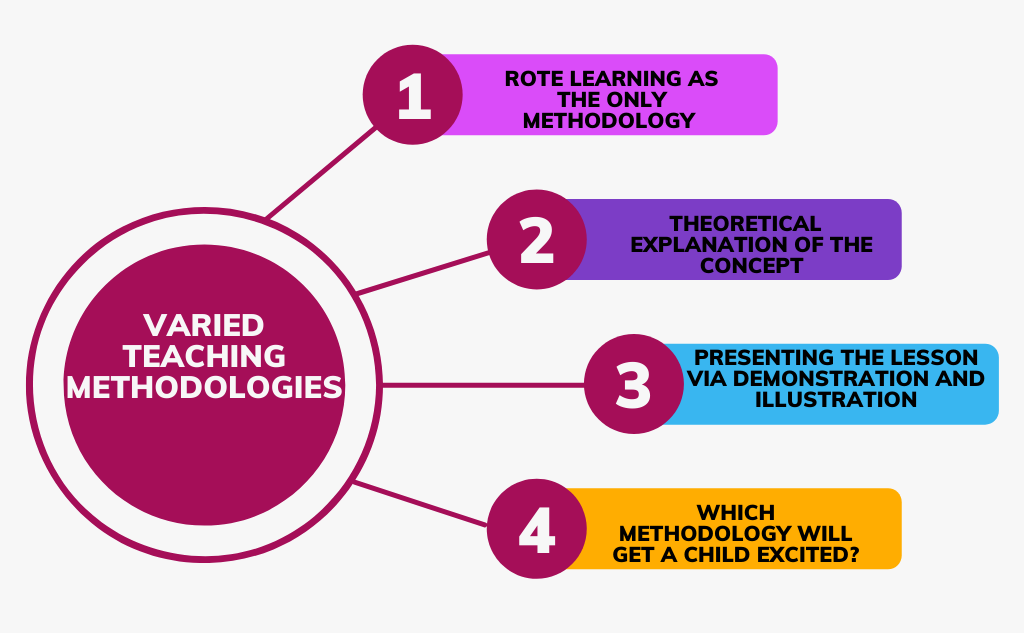
We all know a simple multiplication fact: that 4 times 2 equals to 8. Consider the following teaching methodologies to teach the child this fact.
Teaching Methodology 1 : Makes the child learn this fact by repeated memorization.
Teaching Methodology 2 : Elaborates that 4 added two times will result in 8 and vice versa.
Teaching Methodology 3 : Presents a multiplication story with illustration and demonstration.
At a birthday party full of games and entertainment, Ria rushed to meet her friends. Each of her four friends had two chocolates in hand. Ria wanted all the chocolates they had. So, she counted them all and found that, together, they all had 8 chocolates.
Which methodology do you think the child will most respond to? Methodology 3 is most likely your response.
How about learning fractions with fraction flags? Yes, the child is learning maths but, additionally, also acquiring world knowledge.
The presentation of a bland mathematical fact in an engaging way captures the imagination and gets even the most reluctant learners to listen. A creative teaching methodology sparks the desire to learn, and the other methodologies supplement and recapitulate existing learning.
Parent’s role in reinforcing the lessons
Choosing the right school can be an uphill task for parents. But the work doesn’t end there. Parents need to provide an equally able environment at home to fortify the knowledge acquired. Instead of focusing on grades, work with the child to help him or her become a lifelong learner.
Silverline Prestige School has always worked hard to keep our approaches current and evolving. Students are encouraged to be curious. The focus is on converting this curiosity into creativity.
The school provides a holistic environment for the kids to grow into innovators and not passive learners. We run more than 25 co-scholastic programs to provide children with an education that encompasses all the vital aspects of learning. The programs are backed by skilled educators with extensive experience.
A well-known phrase states that “all is well if it ends well,” but as an educator with more than 35 years of experience, I endorse the view that in education, “If the beginning is well, everything will conclude well!
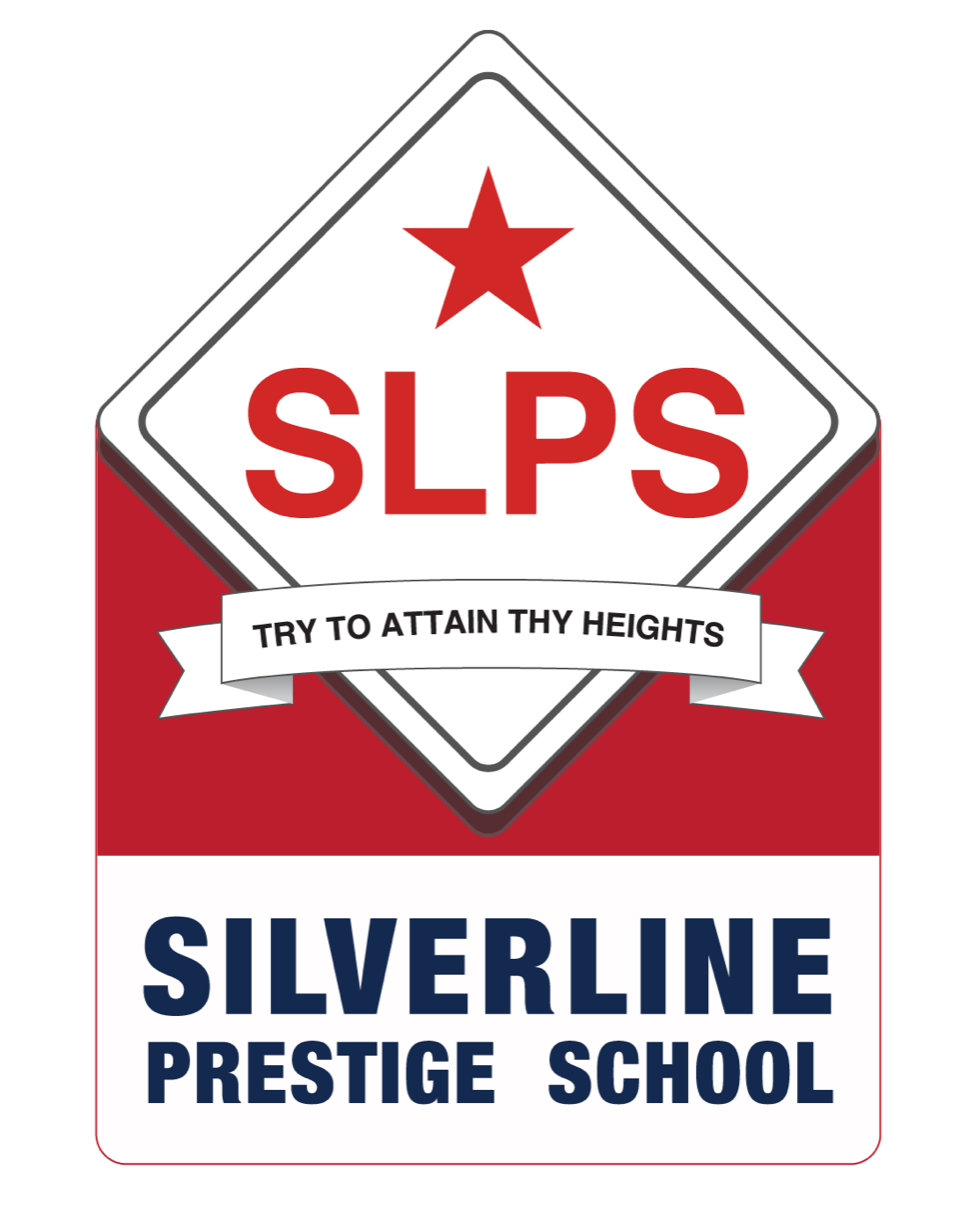
The Silverline Prestige School, Ghaziabad
Recent Posts

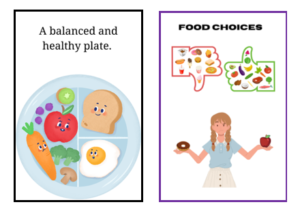
Nutrition for school-going children: What’s on your child’s plate?

Green Clean Globe: A Tree Planting Initiative by Silverline Prestige.





